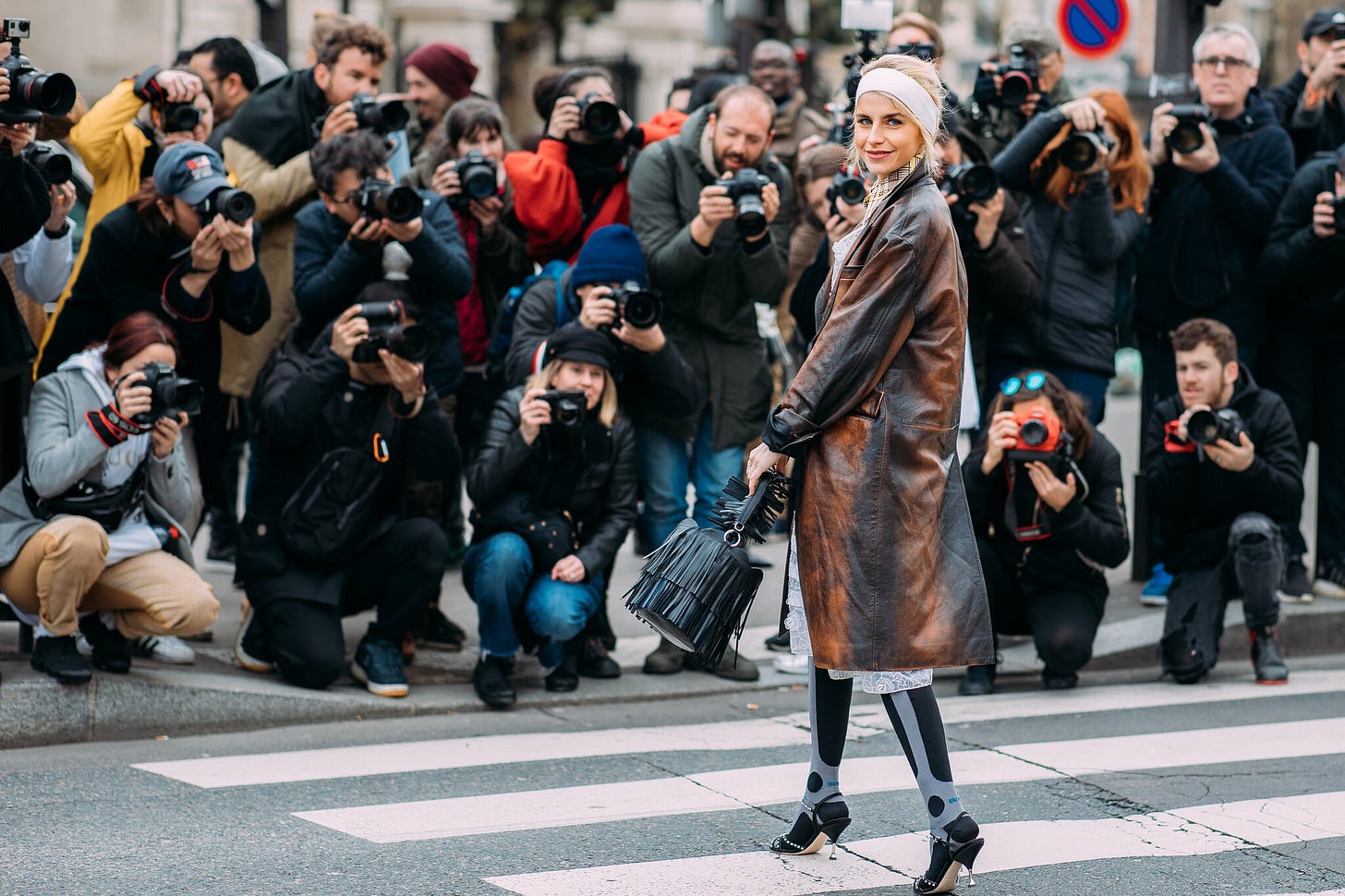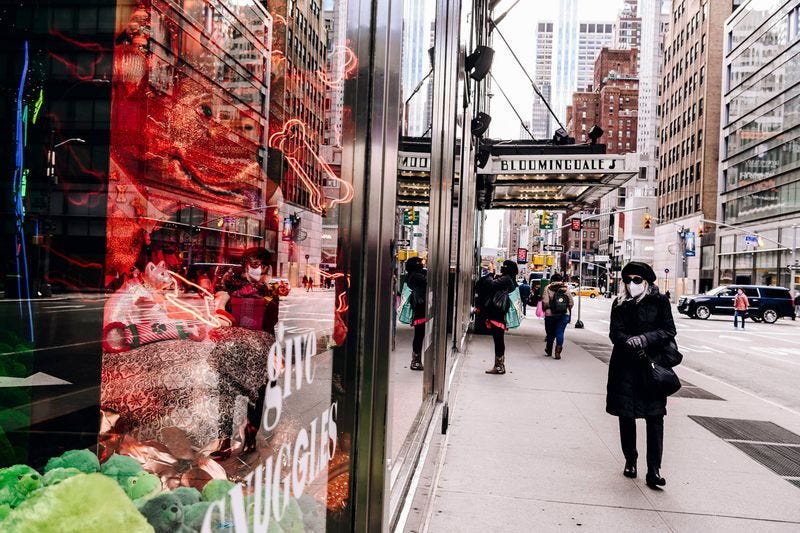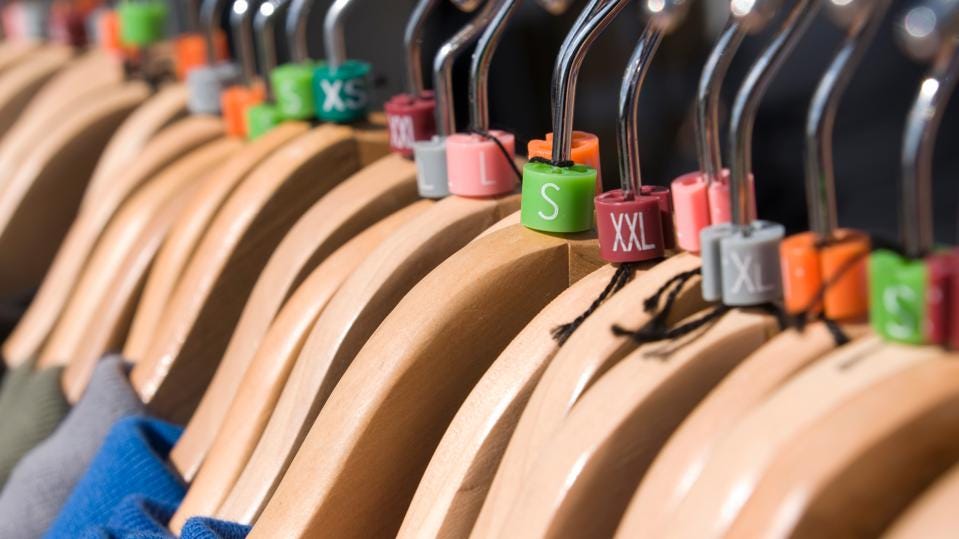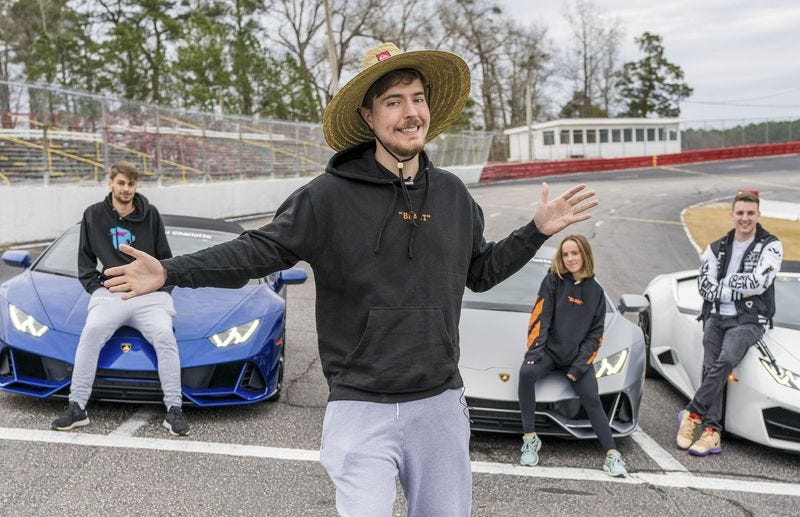Fashion Adjacent Economy, Coveting 2nd Hand Luxury, Consumer Comfort Trends, Amazon's Custom Apparel, Mr. Beast Profile
Covering trends in commerce, media, and marketing daily
The Fate and Fortunes of the Fashion-Adjacent Economy
Influencers and street-style photographers changed the fashion ecosystem, creating an entirely new way of selling fantasy. Then came a pandemic.
In the last decade, a booming economy adjacent to the fashion industry has emerged. Largely powered by social media, it is made up of careers such as high-end fashion influencing and street-style photography. As companies increasingly look for new ways to reach customers, a growing coterie of these professionals has come to stand toe-to-toe with the traditional fashion elite, like magazine editors and photographers and stylists.
Like so many, their livelihoods were derailed when the pandemic hit. But unlike other corners of the fashion industry still struggling to recover, some operators within the fashion-adjacent ecosystem say that, for them, business has never been better.
Holiday Shoppers With Money to Burn Covet Secondhand Luxury
Even the rich are more cost-conscious during a pandemic. Covid-19 has made most shoppers cost-conscious this holiday season, but those with cash to burn are still finding ways to splurge. As retail sales in general suffer, luxury fashion—the previously owned kind—is flying off the shelves.
Peer-to-peer online luxury consignment shop Tradesy reported a jump in sales over the past few weeks for used high-end shoes, jewelry and handbags. In the past, the Santa Monica, California-based company didn’t see such a pronounced rise in purchases this time of year, said Tradesy Chief Executive Officer Tracy DiNunzio. But recent years, and especially this year, have been different.
A Look Back at Consumer Comfort Trends Through 2020, and What to Expect Next Year
Comfort levels have not changed dramatically in recent months, but the vaccine will likely turn the tide. Morning Consult began tracking the public’s comfort levels in late April, seven weeks after the World Health Organization declared COVID-19 a pandemic. At the time, few U.S. adults said they felt safe traveling or visiting businesses, but comfort began to creep up for about two months, before roughly leveling off for the remainder of the year.
The public’s comfort levels in 2021 will tie in closely to the continued rollout of vaccines, which will likely make people feel more comfortable returning to pre-pandemic habits. Industry experts said that while summer or fall could prove to be turning points, consumers, brands and marketers should anticipate at least another year of abnormal consumer behavior to some extent.
Is Amazon About To Disrupt The Fashion Industry?
Amazon has just launched Made for You, which for just $25 allows you to order a completely custom-sized t-shirt via an app where you enter some information about your size, upload two pictures and define your preferences for collar, sleeve, length and fit. It’s currently only available in the United States and only for t-shirts, made in the US with imported fabrics, but knowing Amazon, this service will soon be expanded both in product range and geographically.
Just over three years ago, Amazon acquired Body Labs, a machine-learning company founded in 2013 and based in Manhattan, for an estimated price of between $50 and 70 million. The company specializes in analyzing body shapes, and had raised around $8 million in a previous financing round, and was developing custom avatars and calculating clothing sizes from videos and images. Now, the company’s web page is gone and only shows an old form, ShapeX, where one could register and create an accurate model of one’s body to be used when buying clothing online, but everything indicates that its technology is behind Amazon’s announcement, and that it could be a warning sign for the fashion industry.
The North Carolina Kid Who Cracked YouTube’s Secret Code
Jimmy Donaldson, aka MrBeast, was the top creator on YouTube this year. Now he wants to sell you hamburgers. In the fall of 2016, Jimmy Donaldson dropped out of college to try to solve one of the biggest mysteries in media: How exactly does a video go viral on YouTube? Donaldson, then 18, had been posting to the site since he was 12 without amassing much of an audience. But he was convinced he was close to unlocking the secrets of YouTube’s algorithm, the black box of rules and processes that determines what videos get recommended to viewers.
In the months that followed, Donaldson and a handful of his friends tried to crack the code. They conducted daily phone calls to analyze what videos went viral. They gave one another YouTube-related homework assignments, and they pestered successful channels for data about their most successful posts. “I woke up, I studied YouTube, I studied videos, I studied filmmaking, I went to bed and that was my life,” Donaldson recalled during a recent interview.






